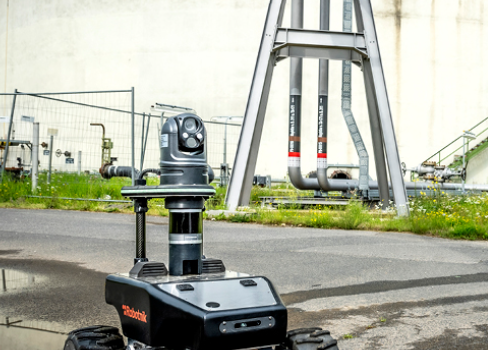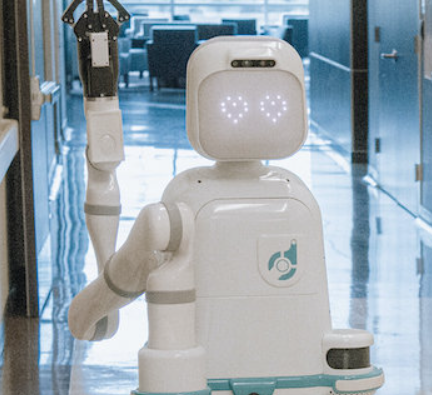
In recent years, mobile robotics has reshaped how industries approach automation. These advanced systems have become vital tools for enhancing operational safety and improving overall productivity across various sectors. By introducing intelligent movement and real-time data processing into industrial workflows, mobile robots are helping facilities modernize and scale their operations more effectively than ever before.
Simplifying Complex Processes with Automation
One of the most valuable contributions of mobile robotics is its ability to handle tasks that are either repetitive, physically demanding, or potentially hazardous for human workers. These robots are engineered to assist with material handling, transport, and assembly—particularly in situations that require precision or involve awkward or heavy items.
A prime example is the use of mobile manipulators. These systems integrate a robotic arm with a mobile base, allowing them to move through a facility and interact with objects based on their dimensions, fragility, or weight. The result is a smoother workflow with fewer manual interventions.
Fostering Safer Work Environments
Collaborative mobile robots, also known as cobots, are designed with safety as a core feature. Integrated sensors and adaptive behavior enable these robots to operate in shared spaces without putting human workers at risk. They can adjust their speed, stop when someone enters their path, or reroute entirely to avoid collisions.
Though autonomous in function, these machines remain under human oversight. Operators can define tasks, monitor performance, and intervene when necessary—ensuring a balance between independence and control.
Maximizing Output with Smarter Resource Use
Incorporating mobile robotics into production systems leads to better resource allocation. These machines can predict and respond to workflow demands, resulting in faster turnaround times and more accurate inventory management.
By reducing operational errors and material waste, businesses also benefit from higher-quality outputs and fewer defective products. These efficiencies translate into measurable improvements in productivity and cost-effectiveness.
Key Industries Benefiting from Mobile Robotics
Safety-Critical Applications
For tasks such as inspection and maintenance in high-risk zones—like chemical plants or unstable structures—mobile robots offer a safer alternative. Some are even designed for emergency response, equipped with sensors to detect gases or locate individuals in hazardous areas. Controlled remotely, they provide rapid, risk-reduced assistance in dangerous scenarios.
Agriculture and Food Production
In farming, mobile robots now handle tasks like fruit harvesting, pollination, and even pest control. With the help of AI, these systems can identify crops, monitor health conditions, and perform delicate tasks with remarkable accuracy. This not only saves time but also enhances yield quality and consistency.
Healthcare
Mobile robotics is also making waves in the medical field. From assisting patients with limited mobility to supporting hospital staff in critical care units, these robots can deliver supplies, aid in disinfection, or even help in daily personal care routines. By reducing strain on human caregivers, they contribute to safer and more efficient healthcare environments.
Logistics and Material Handling
In warehousing and logistics, mobile robots streamline tasks such as transporting items, picking orders, and organizing stock. Their ability to navigate independently through complex layouts allows for faster processing and reduced human error, which is especially critical in fast-paced supply chains.
As industries evolve toward more flexible and responsive operations, mobile robotics continues to play a central role in that transformation. From increasing workplace safety to delivering measurable gains in output, these intelligent machines are paving the way for smarter, safer, and more productive facilities.












